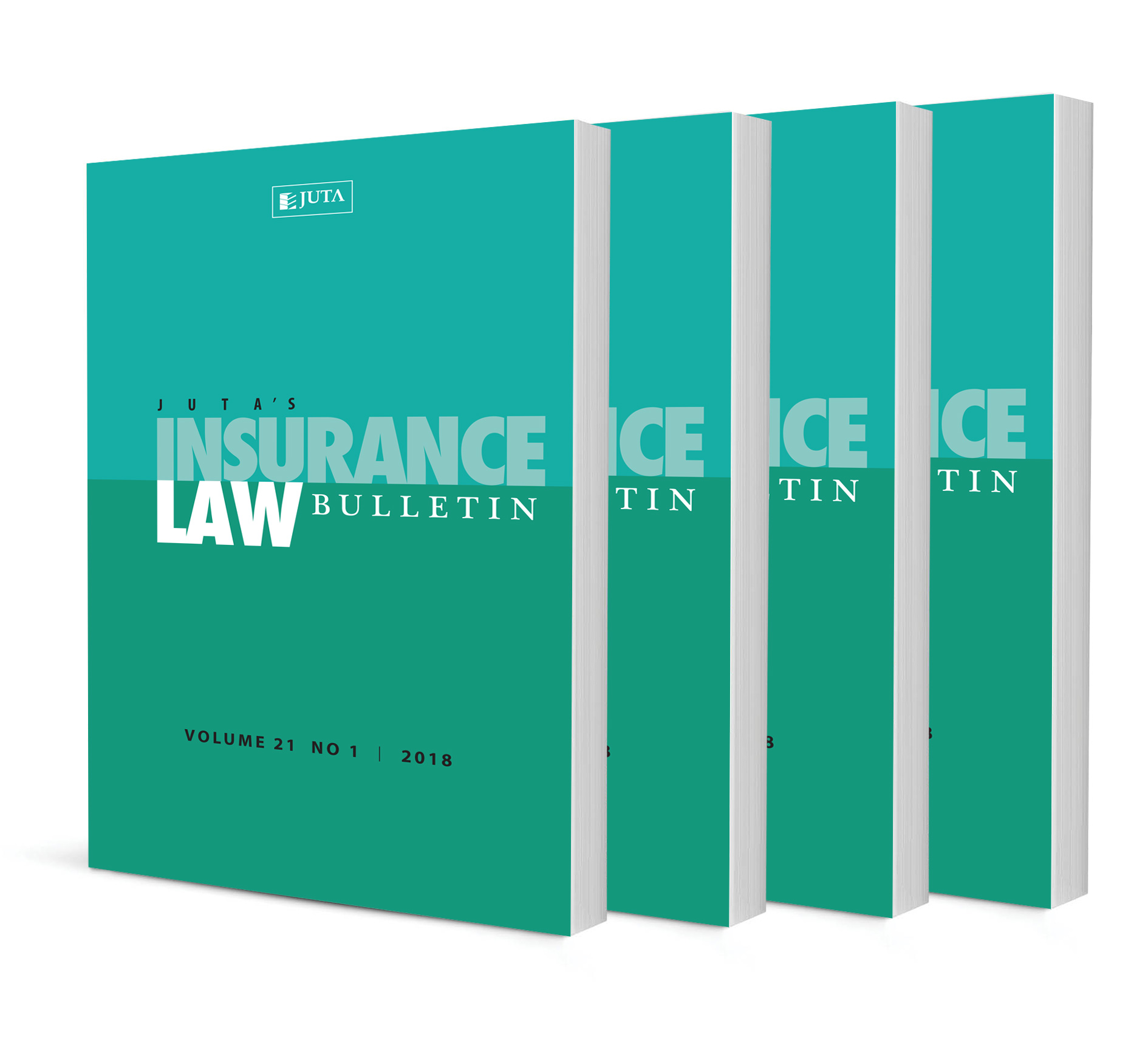Kokoana v Liberty Group Limited Case number FSP2/2025; [2025] ZAFST 13 (12 June 2025)

Kokoana v Liberty Group Limited Case number FSP2/2025; [2025] ZAFST 13 (12 June 2025)
Author Daleen Millard
ISSN: 2517-9543
Affiliations: Dean: Faculty of Law, Thompson Rivers University
Source: Juta’s Insurance Law Bulletin, Volume 28 Issue 2, 2025, p. 17-18
Abstract
None